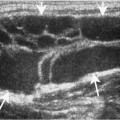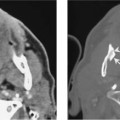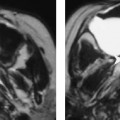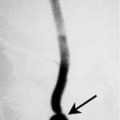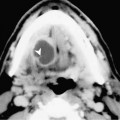Chapter 32 Sjögren’s syndrome is a systemic autoimmune disorder that affects the exocrine along with other organs. The disease is most common in women (9:1) between 40 and 60 years of age. The reported incidence is 1 in 225 individuals. The nomenclature associated with Sjögren’s syndrome is often confusing; we will attempt to clarify this terminology. Sjögren’s syndrome is a specific clinical entity that consists of three major components: (1) keratoconjunctivitis sicca caused by lesions in the lacrimal glands, (2) xerostomia with or without salivary gland enlargement that results from damage to the salivary and mucous glands of the oral cavity, and (3) connective tissue disease of which the most common is rheumatoid arthritis. Sicca complex specifically represents a patient with xerophthalmia, xerostomia, and painless parotid gland enlargement. (Some authors also refer to the latter isolated involvement of the lacrimal and parotid glands without systemic involvement as primary Sjögren’s syndrome.) Mikulicz’s disease was described in 1892 as a patient with non-specific bilateral enlargement of the lacrimal, parotid, and submandibular glands. This term may be used to describe patients who present with these clinical findings, which may be due to leukemia, lymphoma, tuberculosis, sarcoidosis, or other associated disorders. Patients present with dry mouth, difficulty swallowing, oral pain, intraoral ulcers, loss of taste, dry eyes, and inability to cry. Parotid symptoms vary from nontender enlargement to recurrent episodes of tender glandular swelling. The diagnosis is suggested by identifying antinuclear antibodies SS-A or SS-B in the blood. A labial biopsy identifying CD4+
Sjögren’s Syndrome
Epidemiology
Clinical Findings
![]()
Stay updated, free articles. Join our Telegram channel

Full access? Get Clinical Tree


